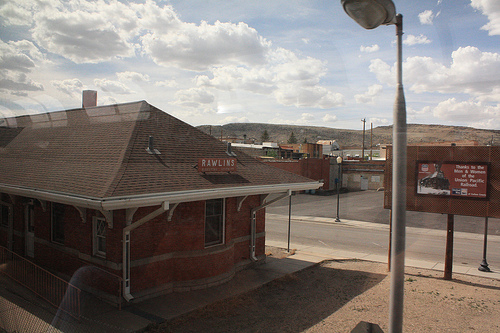
As I approached the corner of Throop Avenue and Van Buren Street in early summer 2013, I couldn’t help but notice the giant “Murder – $50,000 Reward” sign that loomed over the intersection, emblazoned with the photo of a dead businessman. The New York City neighborhood of Bedford-Stuyvesant, I’d heard, was still a little “rough,” but the sign was unlike anything I’d seen outside of Wild West movies. Almost comically, the image was plastered with a blood-red ‘Solved’ caption, as though calling out a fatuous warning: attention, would-be Bed-Stuy murderers – you might, eventually, be caught.








